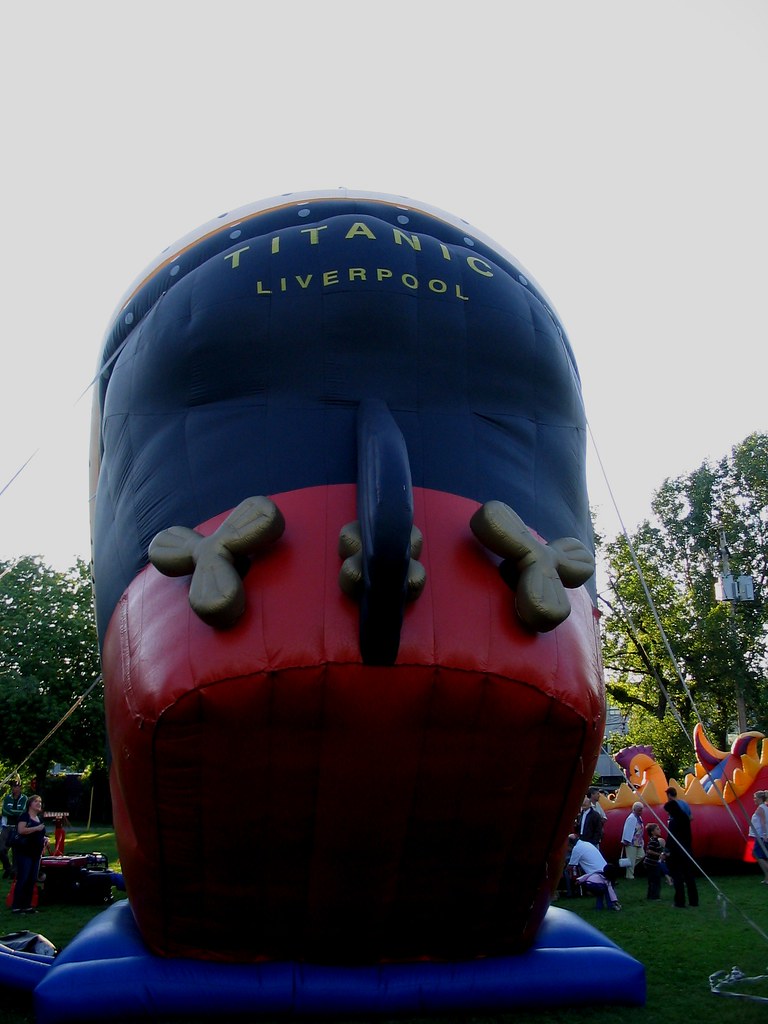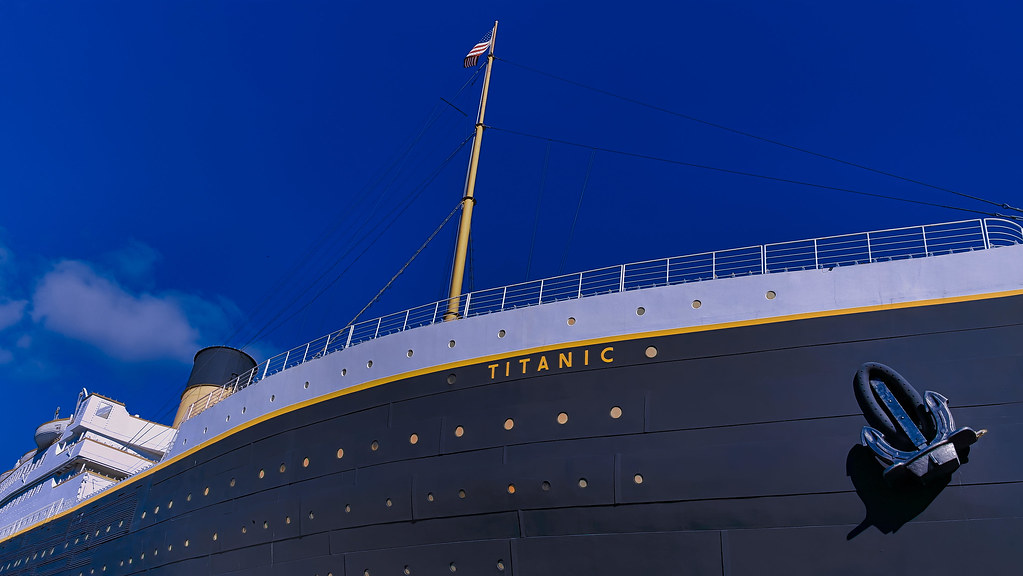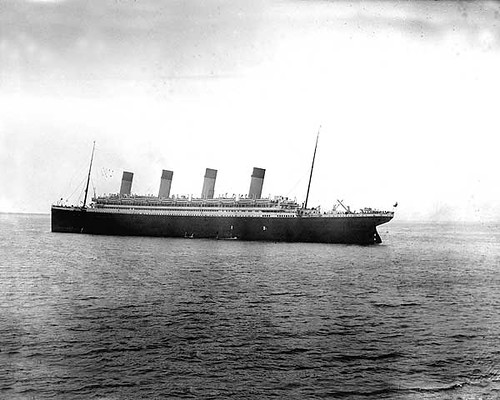
Alright, buckle up, history buffs and movie fanatics! We all know the story of the RMS Titanic – the grand ship, the iceberg, the tragic romance that probably made you cry a river of your own. James Cameron’s epic 1997 film etched a particular image of the Titanic into our collective minds, and honestly, it’s a masterpiece. But, like many Hollywood retellings, it took some liberties and focused on specific angles, leaving out a ton of fascinating details or even presenting some things in a way that wasn’t quite the full story.
Well, get ready to have your mind blown because we’re diving deep beyond the silver screen. We’re sifting through the actual historical records and facts about this majestic British ocean liner to uncover some truly surprising truths. Forget what you thought you knew, because the real story of the Titanic is just as captivating, if not more so, than any movie!
From its groundbreaking design to the often-misunderstood realities of life on board, we’re peeling back the layers. You’re about to discover some simple, yet incredibly revealing, facts about the Titanic that will make you look at the legendary vessel – and that famous movie – in a whole new light. Let’s get started!
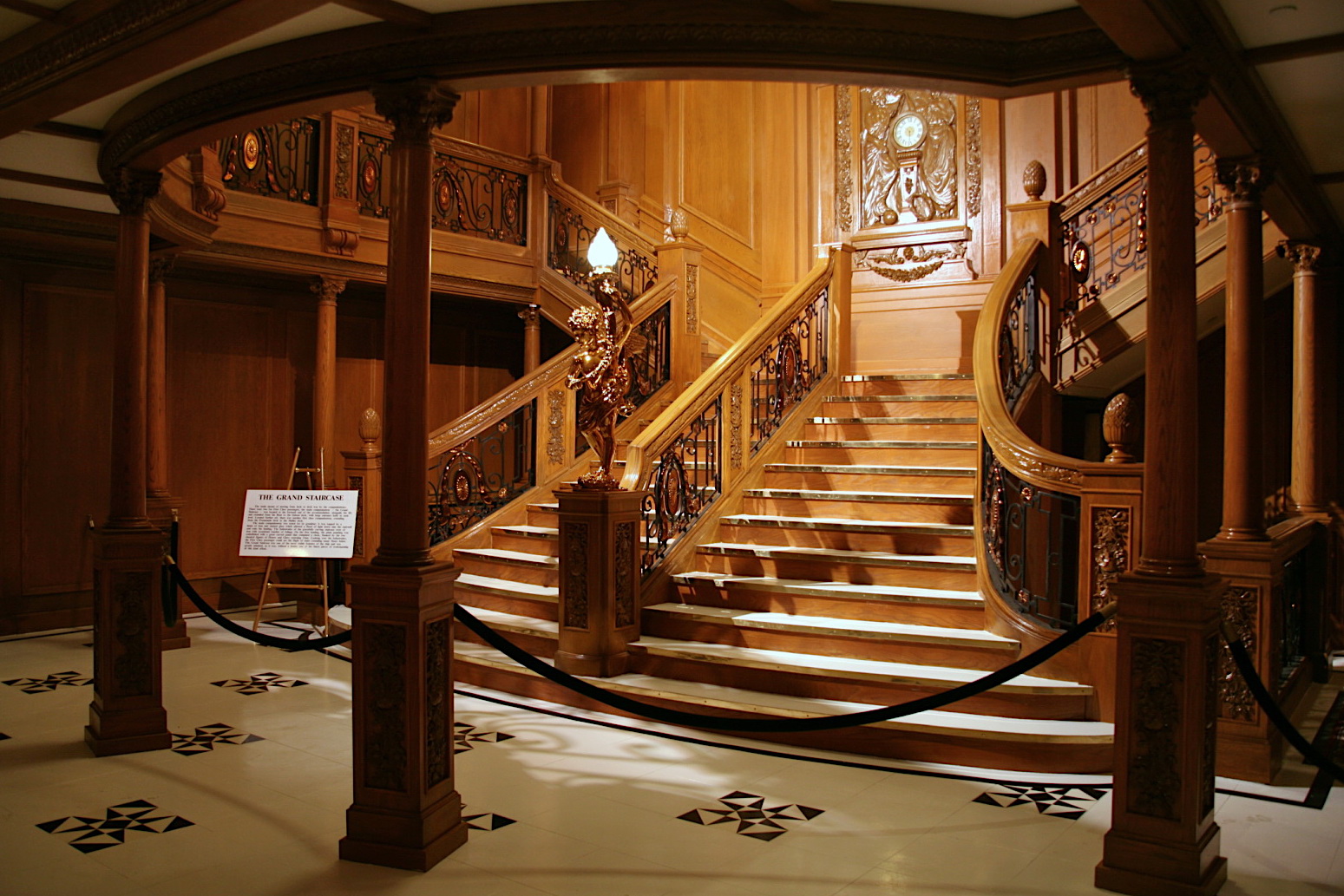
1. **The ‘Unsinkable’ Reputation and Advanced Safety Features**It’s a common trope, often highlighted in the movie, that the Titanic was widely advertised as ‘unsinkable’. While this reputation did exist and was fostered, it wasn’t just blind hubris. The ship was genuinely equipped with what were considered ‘advanced safety features’ for its time, leading to this confidence.
These features included a complex system of sixteen primary compartments, meticulously divided by fifteen bulkheads. These bulkheads extended above the waterline, designed to isolate sections of the ship in case of a breach. The idea was that even if several compartments flooded, the ship could still stay afloat.
Furthermore, the vessel featured eleven vertically closing watertight doors on the orlop deck. These weren’t just manually operated; they could be closed automatically via a switch on the bridge, or by a lever right next to the door itself. In an emergency, an automatic buoyancy mechanism would even activate if water reached six feet high in a compartment, slamming those doors shut to contain any ingress.
Beyond the main bulkheads, there were other horizontally closing watertight doors along ‘Scotland Road’ and in various crew and third-class passenger spaces on the G, F, and E decks. These required a small key to be turned in a slot on the deck above to operate. So, while the ‘unsinkable’ claim tragically proved false, it was rooted in the era’s cutting-edge naval architecture and what were, at the time, genuinely innovative safety measures.
Read more about: The Unsinkable Dream: Exploring the Opulent World and Cutting-Edge Engineering of the RMS Titanic
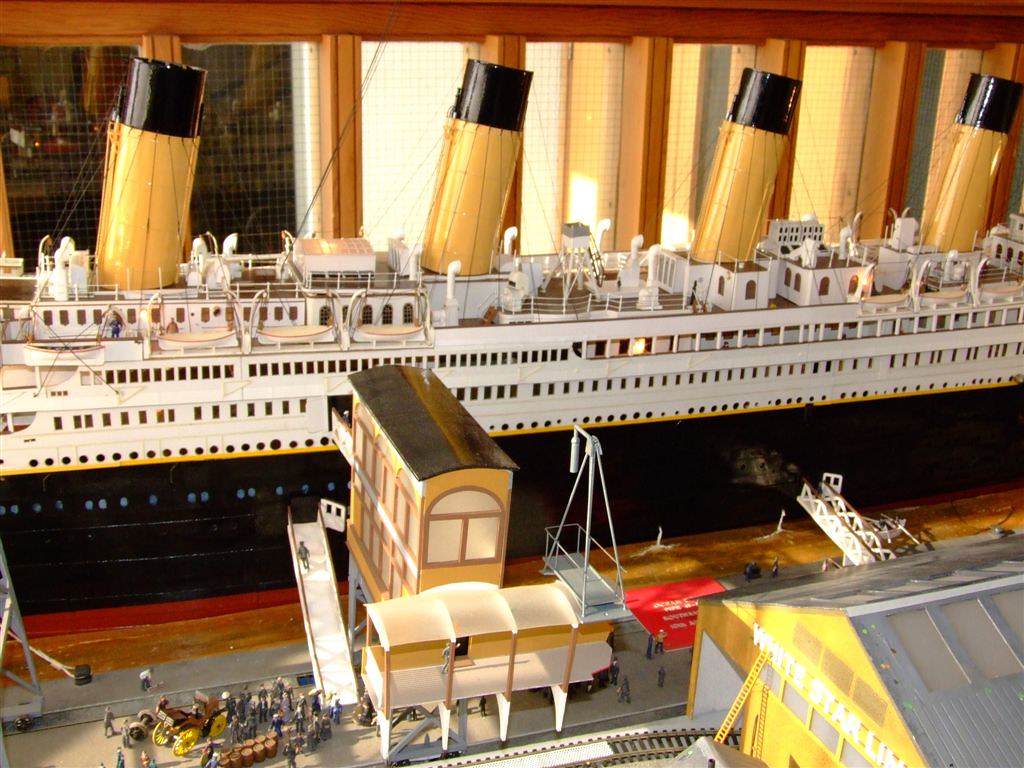
2. **Third-Class Accommodations Were Far From ‘Steerage’ Stereotypes**The movie, and popular culture in general, often paints a grim picture of Third-Class accommodations, suggesting cramped, unsanitary, and dormitory-style living. While it certainly wasn’t First Class, the reality on the Titanic was a significant departure from the squalid conditions found on many other ships of the era, which often consigned hundreds of people to open dormitories without adequate food or toilet facilities.
The White Star Line had, in fact, long broken that mold. Their approach to Third Class was notably more humane and comfortable than the industry standard. On the Titanic, and indeed on all White Star Line passenger ships, Third Class accommodations were thoughtfully divided into two distinct sections, strategically placed at opposite ends of the vessel.
This segregation ensured that single men were quartered in the forward areas, maintaining a degree of privacy and order, while single women, married couples, and families were comfortably housed aft. Crucially, unlike other ships that offered only open berth sleeping arrangements, White Star Line vessels provided their Third-Class passengers with private, small but comfortable cabins. These cabins were designed to accommodate two, four, six, eight, and even ten passengers, offering a level of personal space and dignity rarely seen in ‘steerage’ at the time.
Beyond sleeping quarters, Third Class passengers also enjoyed their own dedicated dining rooms, a vast improvement over common practice. These facilities were supplemented by public gathering areas, including ample open deck space for promenading or relaxing. There was even a smoking room specifically for men and a general room on C Deck that women could use for reading and writing. This shows a commitment to comfort and basic amenities that often goes unacknowledged in the popular narrative.
3. **The Grand Staircase’s Real Fate and How It Differs from the Film**The Grand Staircase is undeniably one of the most iconic features of the Titanic, a symbol of its unparalleled luxury and grandeur. The movie immortalized it with stunning visuals of its sweeping curves and eventual dramatic destruction as water surged through the ship. However, the exact manner of its demise in real life is a subject of speculation that differs from the film’s depiction.
The staircase itself was a true masterpiece, crafted from solid English oak with an elegant, sweeping curve. It majestically descended through a remarkable seven decks of the ship, from the boat deck all the way down to E deck, before tapering into a simpler single flight on F Deck. Crowned with a dome of wrought iron and glass, it allowed natural light to flood the stairwell, creating a breathtaking central atrium.
Each landing off the staircase opened into ornate entrance halls, lavishly paneled in the William & Mary style and illuminated by exquisite ormolu and crystal light fixtures. At the uppermost landing, a grand carved wooden panel proudly featured a clock, flanked by figures representing “Honour and Glory Crowning Time.” It was truly a sight to behold, a testament to the ship’s opulent design.
While the film famously shows its replica being ripped from its foundations by the force of inrushing water, causing it to implode downwards, the reality might have been even more dramatic. The Grand Staircase was indeed destroyed during the sinking, and today, it is merely a void in the ship’s wreck. However, some researchers and experts have suggested that during the actual event, the entire Grand Staircase may have been ejected upwards through the dome, rather than collapsing inwards, a truly astonishing and violent end to such a magnificent structure.

4. **Titanic’s True Propulsion System: More Than Just Steam Engines**When you think of a ship like the Titanic, you probably picture massive steam engines chugging away, right? The movie hints at this, but the actual propulsion system of the Olympic-class liners, including the Titanic, was a marvel of engineering for its time, employing a sophisticated hybrid design that optimized both performance and efficiency.
The Titanic was powered not just by traditional steam engines, but by a combination of three main engines. It featured two powerful reciprocating four-cylinder, triple-expansion steam engines, which were responsible for driving the wing propellers. These two engines alone had a combined output of a staggering 30,000 horsepower, pushing the ship forward with immense force.
But here’s where it gets really interesting: a centrally placed low-pressure Parsons turbine was also part of the setup, driving the center propeller. This turbine added another 16,000 horsepower to the mix. The White Star Line had already successfully utilized this combination of engines on an earlier liner, the Laurentic, demonstrating its effectiveness.
This hybrid system offered a brilliant combination of performance and speed. While reciprocating engines alone weren’t quite powerful enough to propel an Olympic-class liner at the desired speeds, turbines, though powerful, often caused uncomfortable vibrations (a problem that plagued Cunard’s all-turbine liners, Lusitania and Mauretania). By combining the two, the Titanic’s designers managed to reduce fuel usage, increase motive power, and achieve a smoother ride, all while using the same amount of steam. This was truly cutting-edge technology, far more nuanced than just simple steam power.
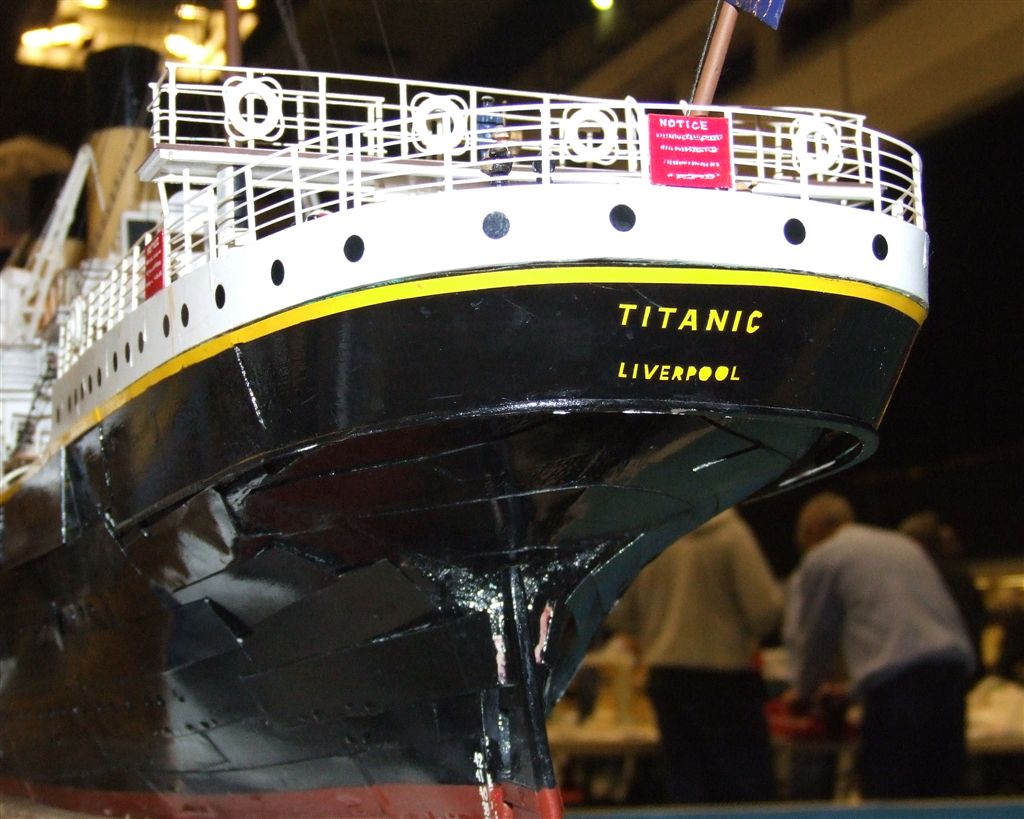
5. **The Mystery of the Dummy Funnel: Not All Hot Air!**If you’ve ever seen a picture of the Titanic, you’ll immediately notice its four distinctive, towering funnels, painted in White Star buff with black tops. They are an integral part of its iconic silhouette, conveying an image of immense power and industrial might. However, here’s a fun fact that might surprise you: not all four of those majestic funnels were actually functional in the way you might assume!
That’s right, the aftmost funnel – the one furthest back on the ship – was actually a dummy! It wasn’t connected to the ship’s boilers to expel smoke or steam like its three working counterparts. Instead, it was installed purely for aesthetic purposes, designed to enhance the ship’s imposing and balanced appearance. The designers believed that four funnels looked more impressive and powerful than three, adding to the visual grandeur of the vessel.
But it wasn’t just there for show. This seemingly decorative funnel actually served a practical, albeit less glamorous, purpose. It was ingeniously used to provide ventilation. Specifically, it helped draw air away from the ship’s extensive kitchens, keeping them cooler and fresher. It also provided crucial ventilation for the First and Second Class smoking rooms, ensuring a more comfortable environment for passengers enjoying their leisure time.
So, while it wasn’t spewing smoke, that fourth funnel was still a testament to the thoughtful, albeit somewhat deceptive, design philosophy of the era, blending form and function in a way that would certainly fool most observers (and movie directors!). It’s a small detail that highlights the lengths gone to for both appearance and comfort.
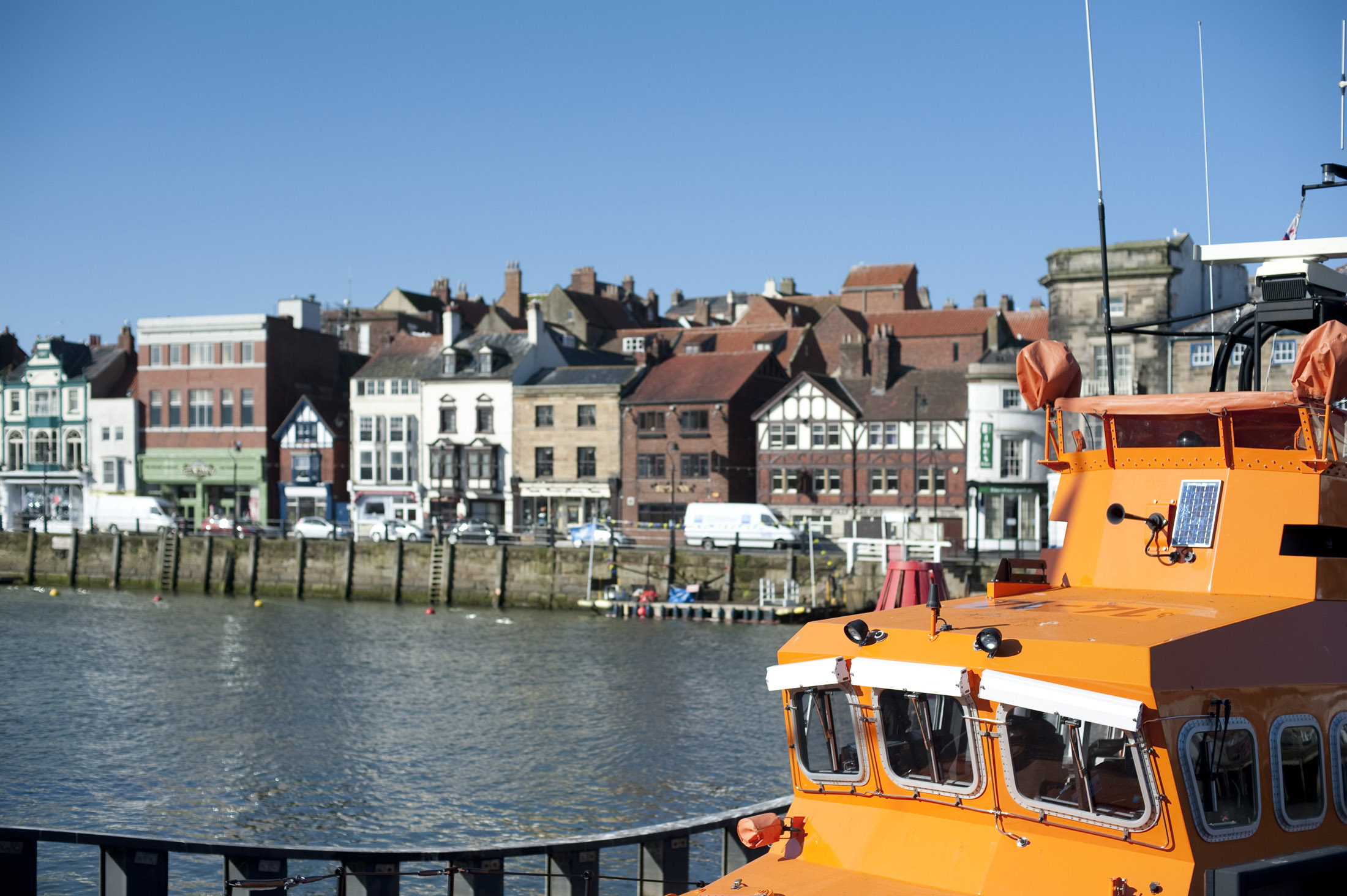
6. **Lifeboat Capacity: More Than Required by Law, Yet Still Insufficient**Perhaps one of the most widely discussed and often misunderstood aspects of the Titanic disaster is the insufficient number of lifeboats. The movie certainly hammers home the tragedy of too few boats for too many people. However, the legal and operational context of the time reveals a rather shocking truth: the Titanic actually carried more lifeboats than was legally mandated by the British Board of Trade.
The ship was equipped with a total of 20 lifeboats. This included 14 standard wooden Harland and Wolff lifeboats, each capable of holding 65 people, and four Engelhardt “collapsible” lifeboats (with wooden bottoms and collapsible canvas sides, identified as A to D), each with a capacity of 47 people. Additionally, there were two emergency cutters, each designed for 40 people. In total, these lifeboats could accommodate 1,178 people.
Now, here’s the kicker: the British Board of Trade’s regulations at the time only required British vessels over 10,000 tonnes to carry 16 lifeboats, with a combined capacity for just 990 occupants. This means that the White Star Line actually provided *more* lifeboat accommodation than was legally required, carrying six more boats than the minimum, which theoretically allowed for 338 extra people to have a spot.
However, the grim reality was that even with these ‘extra’ boats, the capacity for 1,178 people was still only roughly half the number of passengers on board and a mere third of the ship’s full carrying capacity of 3,327 passengers and crew. The prevailing philosophy of the era was that lifeboats were primarily intended to ferry survivors from a sinking ship to a rescuing ship, not to keep the entire population afloat or transport them all to shore. Tragically, in the case of the Titanic, a rescue ship did not arrive in time, exposing the fatal flaw in this regulatory mindset. Adding to the tragedy, when the ship sank, the lifeboats that were launched were only filled to an average of 60% capacity, due to a combination of confusion, lack of training, and the rapid sinking.”
, “_words_section1”: “1948
Alright, if you thought those first six facts were eye-opening, get ready for even more truth bombs! We’re peeling back more layers of the Titanic legend, diving into the real human stories, the nitty-gritty operational details, and the often-surprising realities that Hollywood just couldn’t fit into one movie. Prepare to have your mind blown (again!) as we continue our journey beyond the silver screen. Let’s keep uncovering those jaw-dropping Titanic truths!
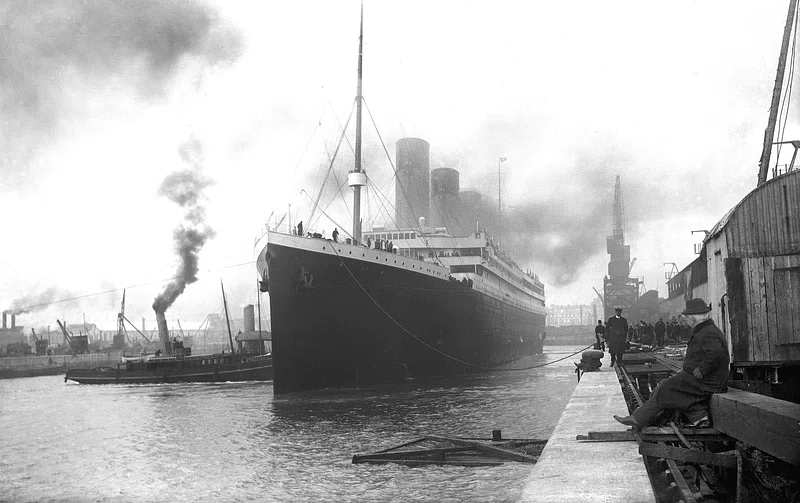
7. **The Tragic Reality of Lifeboat Launching and Usage**The previous item covered the numbers, but what about the actual operation? The movie certainly shows chaos, and the historical records don’t sugarcoat it either. While the Titanic *had* more lifeboats than legally required, the sheer practicalities and human element of the sinking revealed a far more tragic inadequacy. It wasn’t just about the quantity, but also how those precious few boats were utilized – or, more accurately, underutilized.
Imagine the pandemonium on the Boat Deck during those terrifying early hours of April 15, 1912. Among the 20 lifeboats, four were the “Engelhardt collapsible” type, known as A to D, with wooden bottoms but collapsible canvas sides. These proved incredibly difficult to launch. Collapsible A and B, for instance, were stored on the roof of the officers’ quarters, without davits, making manual launching nearly impossible in the frantic moments before the final plunge.
The confusion wasn’t just limited to the collapsible boats. Even the standard wooden lifeboats, which were swung out and connected to davits, faced challenges. Tragically, many of the lifeboats that *were* launched were far from full. Historical accounts and later inquiries revealed that the launched lifeboats were filled to an average of only 60% capacity. This meant hundreds of potential lives were left behind, not because there weren’t enough *seats* in the boats that got away, but due to a devastating combination of lack of training, confusion, and the rapid sinking itself. The ‘ferry to a rescue ship’ philosophy, while a legal standard, proved utterly fatal without a rescue ship immediately on hand.
Read more about: The Unsinkable Dream: Exploring the Opulent World and Cutting-Edge Engineering of the RMS Titanic
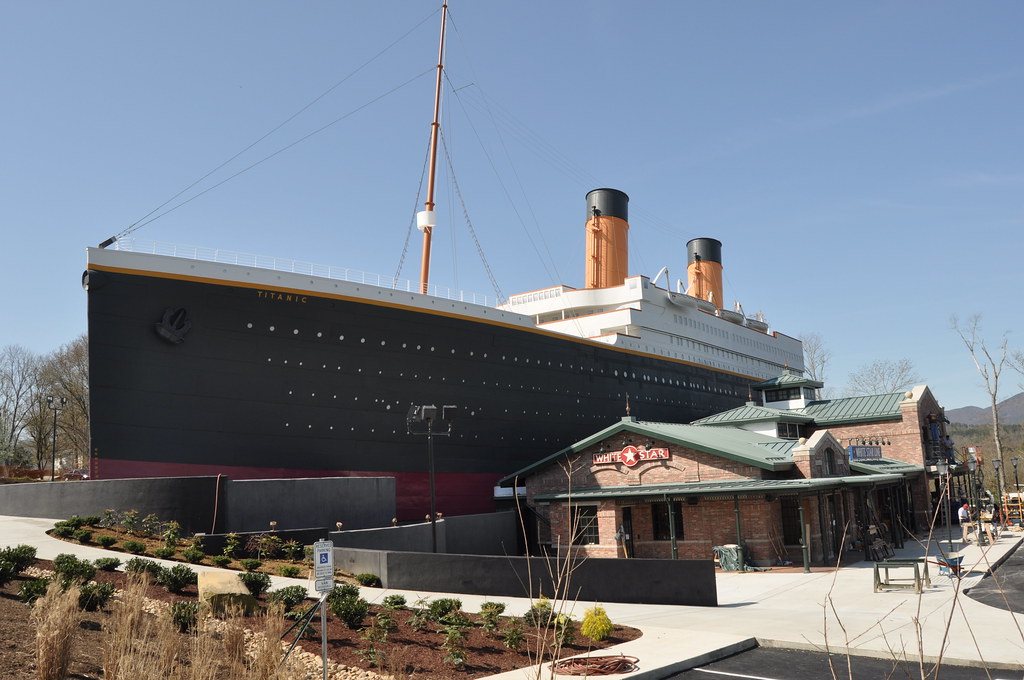
8. **The True Value of Titanic’s Cargo: No Gold, Just Great Art (and Ostrich Feathers!)**Okay, let’s bust another popular myth, shall we? When a ship as opulent as the Titanic goes down, our imaginations tend to run wild with visions of treasure. Hollywood certainly played into that! But the truth about the Titanic’s cargo manifest is far more quirky and, in some ways, even more intriguing than fictional hoards. Forget the gold, folks; we’re talking about a priceless painting and a whole lot of ‘Dragon’s Blood.’
First off, yes, the Titanic was a Royal Mail Ship (RMS), meaning it carried actual mail under contract for both the Royal Mail and the United States Post Office Department. Five postal clerks worked 13-hour shifts sorting up to 60,000 items daily in the Sea Post Office on G Deck. Beyond the mail, passengers brought a staggering amount of baggage – over 19,000 cubic feet of it for First and Second Class alone. And, of course, general cargo.
But here’s the kicker: the legend of gold and precious minerals is just that – a legend. The cargo on the maiden voyage was, by and large, pretty mundane. We’re talking furniture, foodstuffs, and even a 1912 Renault Type CE Coupe de Ville motor car! One of the more famous items lost was a jeweled copy of the Rubaiyat of Omar Khayyam, which, though beautiful, was valued at a comparatively modest £405 at the time.
The single most highly valued item of *anything* lost, according to compensation claims, was a large neoclassical oil painting by French artist Merry-Joseph Blondel, titled “La Circassienne au Bain.” Its owner, first-class passenger Mauritz Håkan Björnström-Steffansson, filed a claim for a whopping $100,000 (equivalent to $2.3 million in 2023) for its loss. Now *that’s* a piece of art! Other fascinating entries included 12 cases of ostrich feathers, 76 cases of “Dragon’s Blood” (a type of resin), and 16 cases of calabashes. So, while no pirate’s booty, the cargo was certainly a snapshot of the era’s commerce and luxury.
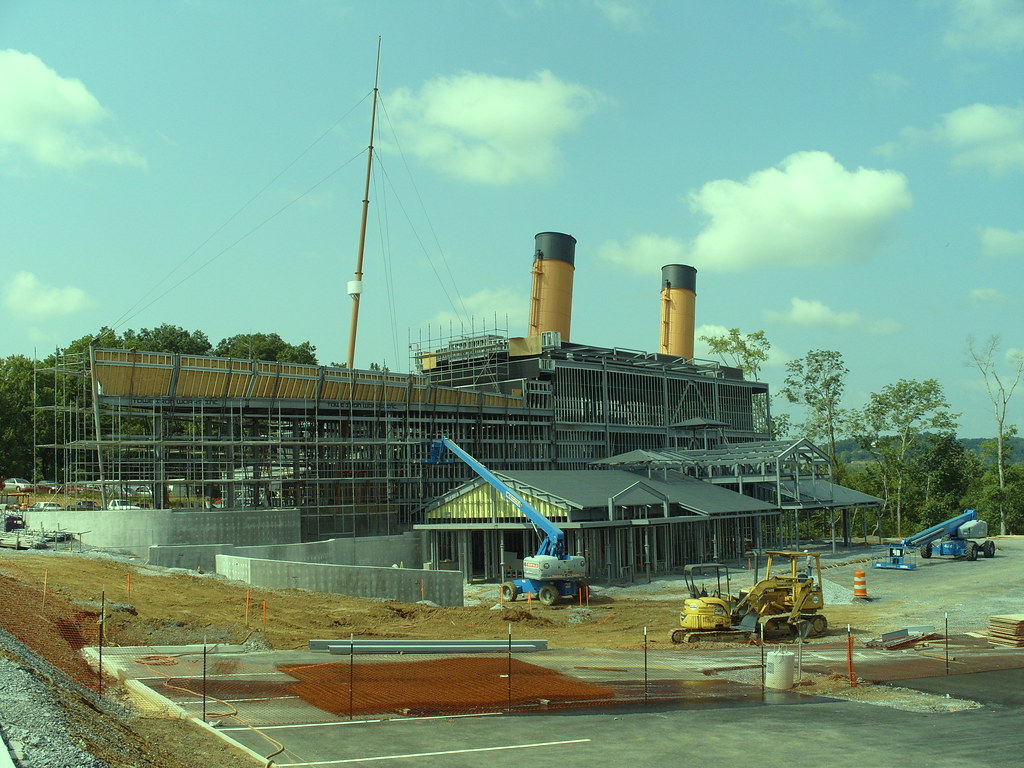
9. **Beyond the Captain: Key Figures Aboard the Titanic**While Captain Edward John Smith is forever linked to the Titanic’s fate, and rightfully so, the ship was a microcosm of human stories, both grand and tragic. The film focuses on fictional characters, but the real journey involved a fascinating cast of individuals whose roles, decisions, and fates are equally compelling. Let’s shine a light on some of the real people who sailed on that fateful maiden voyage.
First up, Captain Edward John Smith himself. A seasoned veteran, already set to retire after this voyage, his experience was vast. He had commanded many White Star Line vessels, including the Titanic’s sister ship, Olympic. The tragic irony is that his final command was to be the grandest of all, yet it ended in disaster, with Captain Smith famously going down with his ship, embodying the maritime tradition of a captain’s ultimate responsibility.
Then there’s J. Bruce Ismay, the chairman of the White Star Line, a pivotal figure involved in the design and concept of the Olympic-class liners. Ismay’s story is often controversial because he survived, managing to secure a spot in a lifeboat. This led to intense scrutiny and criticism, questioning his actions, while others defended his survival as a matter of chance and availability, not cowardice. It’s a complex legacy, forever tied to the ship he helped create.
But perhaps one of the most poignant figures is Thomas Andrews Jr., the chief naval architect of Harland and Wolff. Andrews was on board for the maiden voyage to observe any issues and fine-tune the ship. He was among the first to understand the severity of the damage after the iceberg collision and reportedly spent his final hours helping passengers into lifeboats, heroically sacrificing his own chance at survival. His intimate knowledge of the ship meant he knew its grim fate before almost anyone else.
And let’s not forget the unsung heroes of communication and daily operations: Jack Phillips and Harold Bride, the Marconi wireless operators. They maintained a 24-hour schedule, sending passenger “marconigrams” and navigation messages, including crucial ice warnings. They tirelessly sent out distress signals until the very last moments before the ship went under. Their dedication, even in the face of certain doom, was a testament to their professionalism and the vital role of communication at sea.

10. **Titanic’s Electrical Powerhouse: A Floating City’s Infrastructure**When we marvel at the Titanic’s luxury, we often think of the grand dining rooms and elegant cabins. But underpinning all that comfort and opulence was a truly sophisticated and powerful electrical system – one that was, quite frankly, mind-boggling for its time. This ship wasn’t just a vessel; it was a self-sufficient floating city, and its electrical plant was the beating heart, capable of generating an astonishing amount of power.
Forget the image of flickering gas lamps; the Titanic was a beacon of modern electricity! Its electrical plant was so robust that it could produce more power than an average city power station of the early 20th century. This wasn’t just for lighting up the lavish interiors; it powered everything from the ship’s powerful radiotelegraph transmitter to the innovative electric fans that circulated warm air throughout the vessel, ensuring comfort for passengers.
Immediately aft of the ship’s low-pressure turbine engine, deep within the stern, were four massive 400 kW steam-driven electric generators – the workhorses constantly churning out the electrical power. And because you always need a backup plan, there were also two 30 kW auxiliary generators on hand for emergency use.
Crucially, the placement of these generators in the stern proved to be a critical factor in the disaster. Because they were so far aft, they remained operational for much longer than might have been expected. This meant that the ship’s lights, essential for guiding passengers and crew during the evacuation, stayed on until the last few minutes before the Titanic finally slipped beneath the waves. The electrical plant’s resilience, despite its ultimate failure, played a significant role in those final, desperate moments.
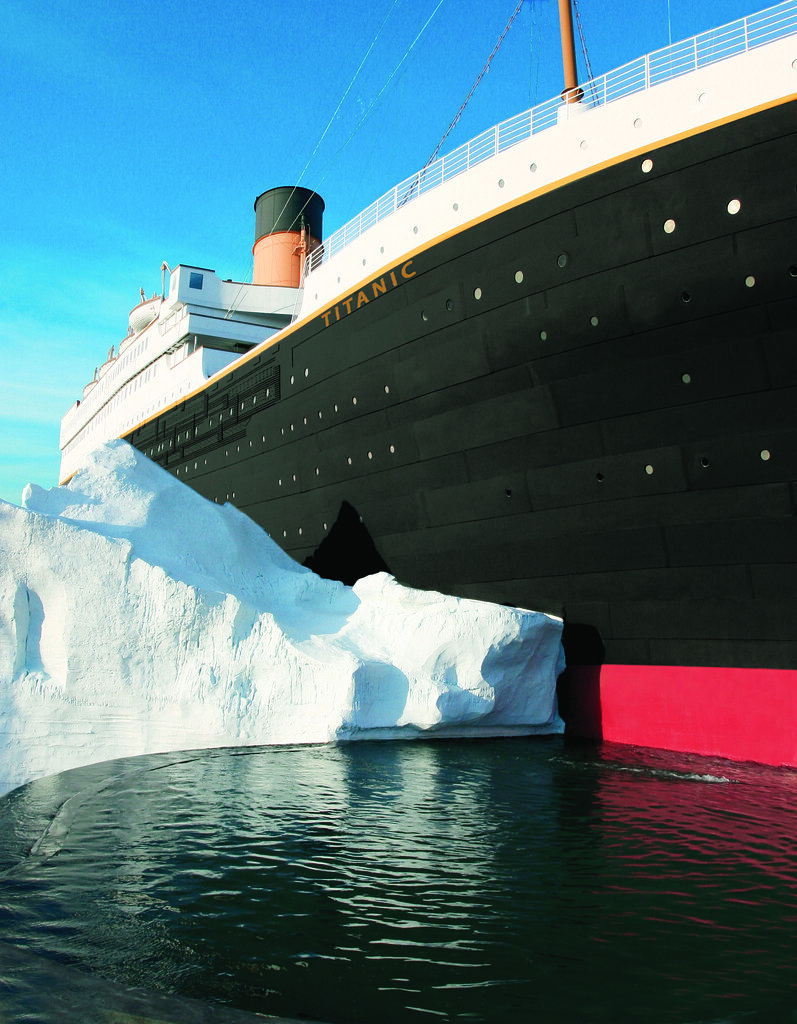
11. **Communication Hub: Titanic’s Advanced Wireless Telegraphy**In an era before smartphones and instant messaging, the ability to communicate across vast oceans was nothing short of miraculous, and the Titanic was at the forefront of this technological revolution. Its radiotelegraph equipment, supplied by the Marconi International Marine Communication Company, was not just advanced; it was a ‘state of the art’ communication hub, truly connecting the ship to the world in real-time.
The wireless radio room was a bustling nerve center, located strategically on the Boat Deck within the officers’ quarters. It housed a powerful 5-kilowatt rotary spark-gap transmitter, which was among the most powerful in the world at the time. This wasn’t just any old spark-gap; it had a distinctive musical tone, which made the Titanic’s signals readily recognizable amidst the cacophony of other transmissions. It was literally the ship’s unique voice on the airwaves.
The two Marconi operators, Jack Phillips and Harold Bride, maintained a relentless 24-hour schedule. Their primary job was to send and receive “marconigrams” – passenger telegrams that allowed the wealthiest to stay in touch with shore, a true luxury. But they also handled critical navigation messages, including crucial weather reports and, most importantly, ice warnings. These warnings, tragically, were sometimes set aside due to the sheer volume of passenger traffic, a detail that has been endlessly debated by historians. The transmitter was guaranteed to broadcast over a radius of 350 miles, ensuring connectivity across a significant stretch of the Atlantic. This sophisticated setup meant the Titanic was not just a ship of luxury, but a technological marvel in communication, a silent witness to the world outside its steel hull, until its final, desperate calls for help.
12. **The Hidden Workforce: Keeping the Titanic Moving (and Lit!)**Beyond the grand staircases and lavish dining rooms, the Titanic was a marvel of industrial power, driven by an immense hidden workforce toiling ceaselessly in the depths of the ship. This wasn’t just about the officers on the bridge or the stewards attending to passengers; it was about the gritty, dangerous, and often overlooked labor that kept the entire floating city alive, moving, and comfortable.
The heart of the ship’s power lay in its 29 boilers, featuring a total of 159 furnaces. These furnaces devoured over 600 tonnes of coal *a day*, requiring the relentless efforts of 176 firemen working around the clock, shoveling coal by hand into the fiery maw. Imagine the heat, the grime, the sheer physical exertion! This brutal job also included disposing of 100 tonnes of ash into the sea daily. It was relentless, dangerous work, and while firemen were paid relatively well, the job came with a high suicide rate, painting a stark picture of the conditions.
These same steam systems weren’t just for propulsion; they were integral to the ship’s comfort. The Titanic was equipped with a complex network of pipes and valves capable of heating and pumping water to all parts of the vessel. While the main water supply was taken aboard in port, the ship *could* distill fresh water from seawater in an emergency. A network of insulated ducts, powered by electric fans (including the “Sirocco Fan” from Davidson and Co.), conveyed warm air around the ship, with First-Class cabins even boasting additional electric heaters.
Even the ship’s steering was a feat of engineering, relying on steam power. The Titanic’s rudder, massive at 78 feet 8 inches high and weighing over 100 tonnes, required two powerful steam-powered steering engines, with one always kept in reserve, ensuring the colossal vessel could be maneuvered. Steam capstans also moved the tiller as a last resort and were essential for raising and lowering the ship’s five massive anchors. It truly takes a dedicated crew and intricate machinery to run an ocean liner of this magnitude.
And there you have it, folks! Twelve fascinating facts that peel back the layers of legend and Hollywood glamor to reveal the true, complex, and often astonishing reality of the RMS Titanic. From its cutting-edge, albeit tragically flawed, safety features to the surprising realities of its third-class accommodations, and from the marvels of its hybrid propulsion to the hidden lives of its crew and the mundane-yet-priceless nature of its cargo, the Titanic was a ship of paradoxes. It was a vessel that pushed the boundaries of human ingenuity and luxury, only to expose the limits of human foresight and the merciless power of nature. While the movie gave us a timeless romance, the real story of the Titanic is an even grander, more poignant tale of innovation, ambition, and the enduring lessons learned from one of history’s most iconic maritime tragedies. It’s a story that continues to captivate us, reminding us that even the grandest creations are ultimately at the mercy of the sea.

